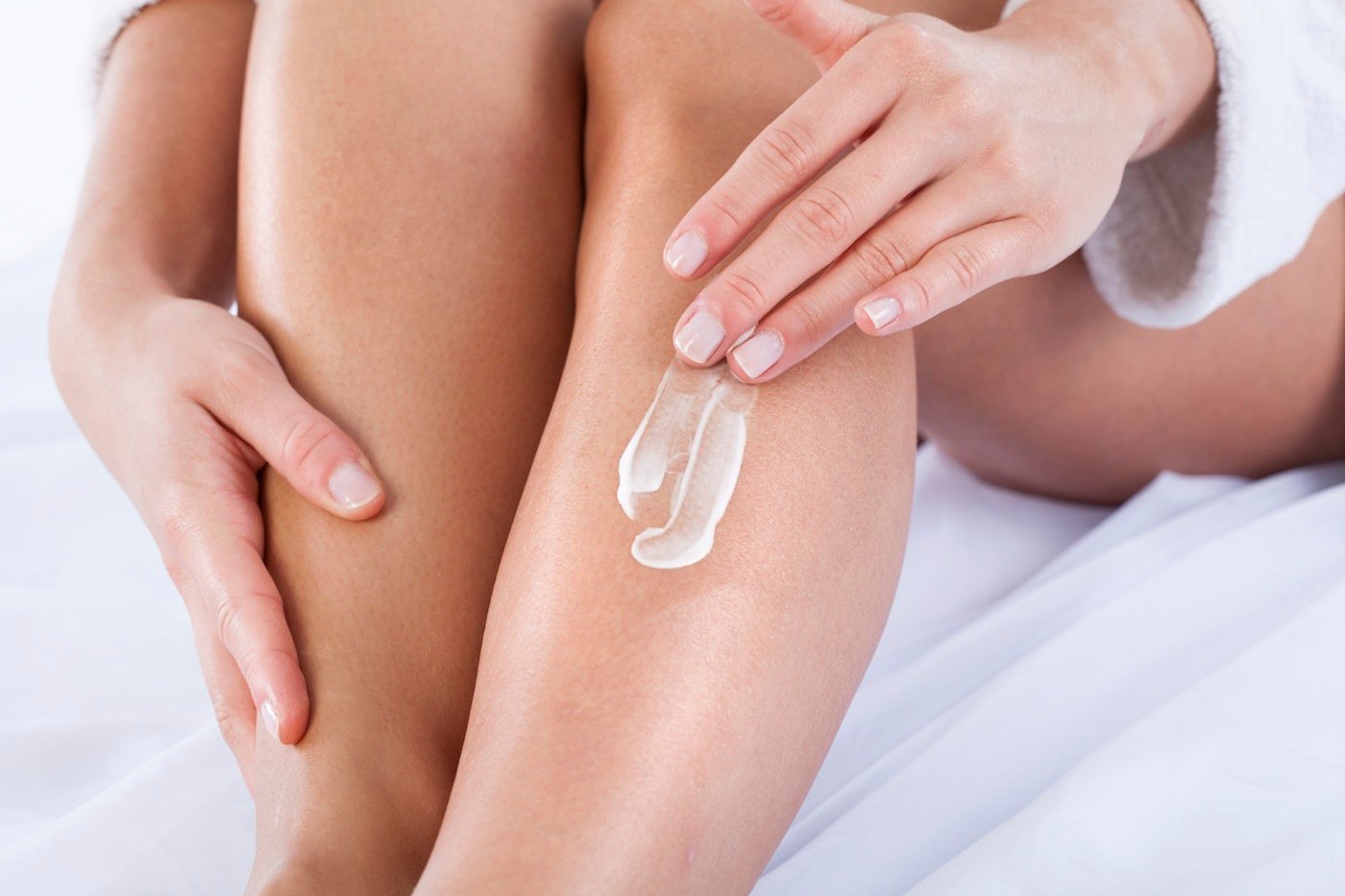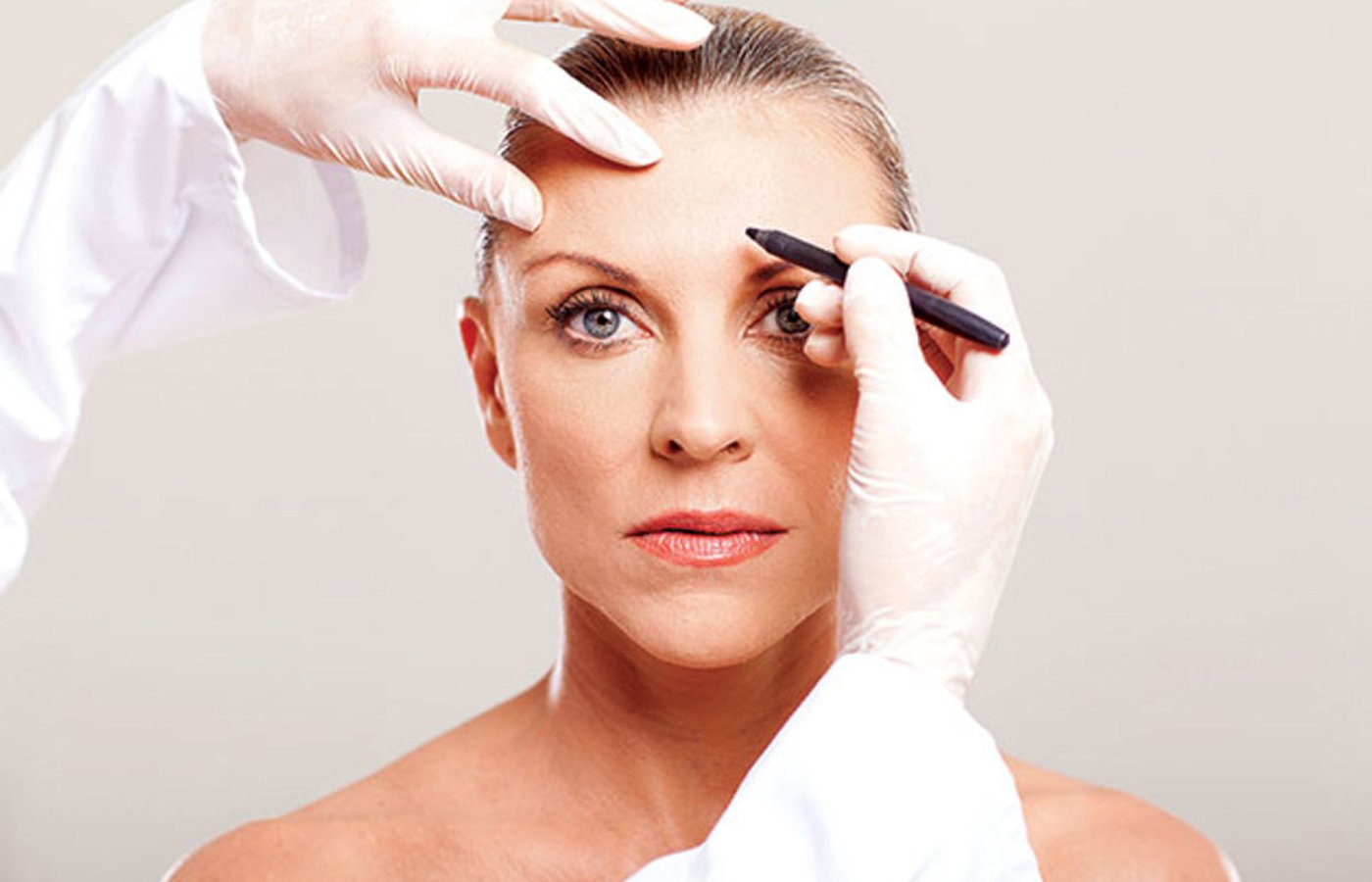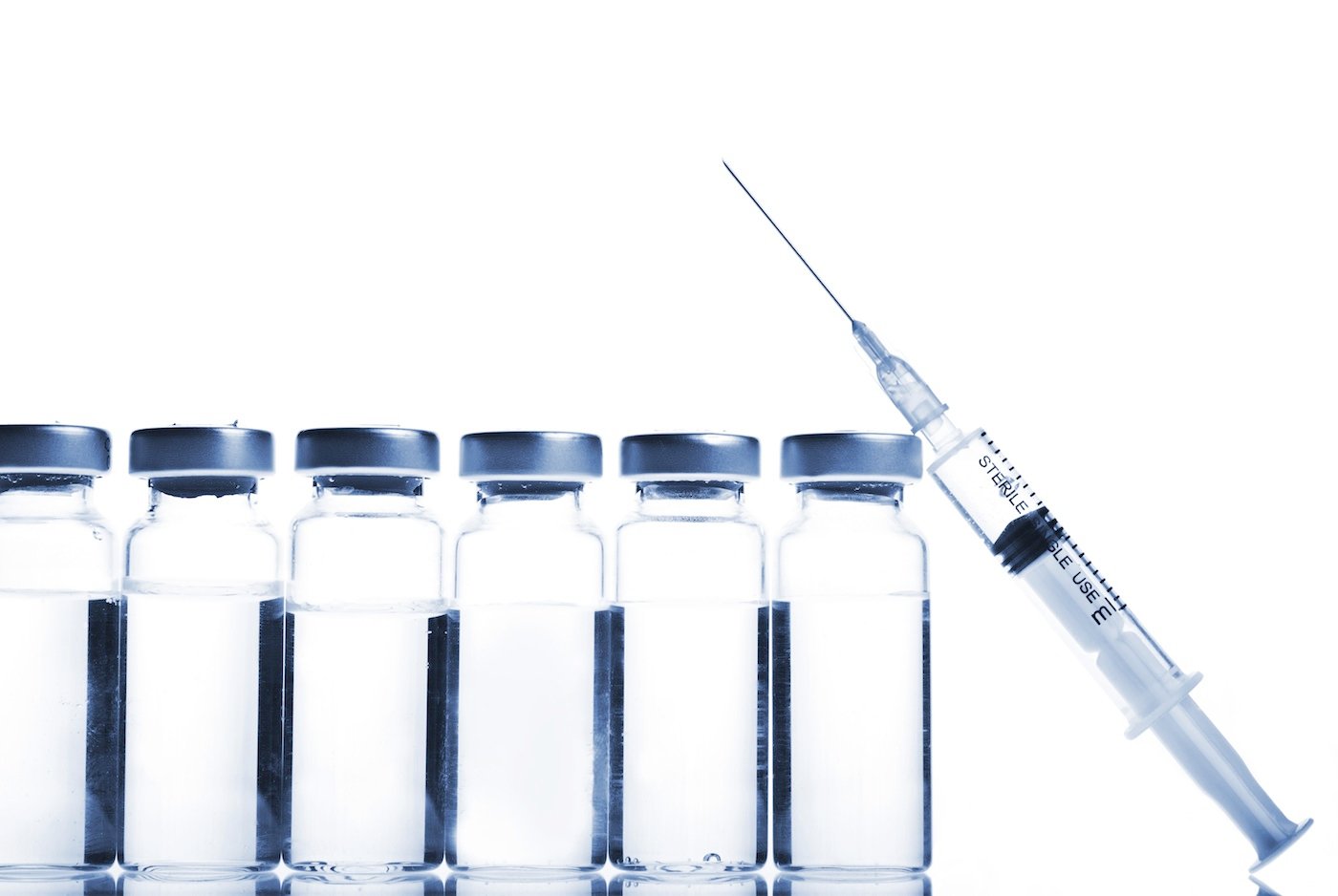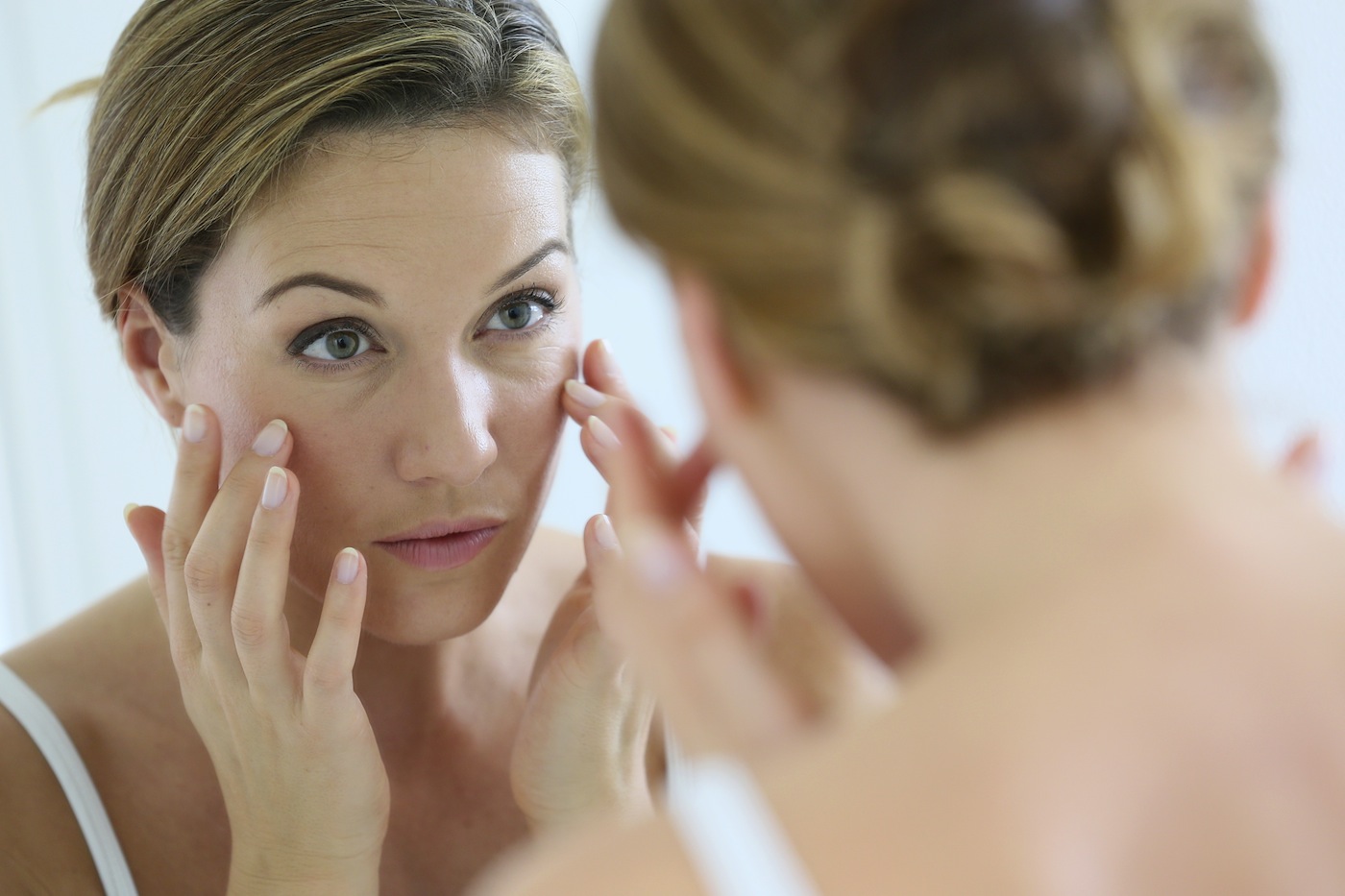November has been designated National Diabetes Month by the American Diabetic Association to raise awareness of this all-too-common condition that afflicts 29 million people in the United States. One of the side affects of diabetes is that it may cause skin to be very dry on the lower legs and feet. This can pose a serious health risk if the skin is so dry it becomes inflamed and cracked because bacteria can enter those cracks and cause infection. Since diabetics often have a slow healing response, this can become a dangerous condition. Fortunately, there are a few good skin care habits that can prevent the dry skin from becoming a problem.
Keep your diabetes well-controlled. People with consistently high blood-sugar levels tend to have dry skin and less ability to fend off harmful bacteria. Both conditions increase the risk of skin infection.
Keep skin clean and dry. It is best to use gentle, non-fragranced creamy cleansers to gently wash without stripping the skin of the natural surface oils.
Avoid very hot baths and showers. Immediately after the bath or shower, it’s important to lock in skin hydration with a good moisturizer (try Eucerin Diabetics’ Dry Skin Relief Body Lotion) for both body and feet to maintain the skin’s protective barrier. The barrier function of the skin is very important to maintain: it serves as a waxy coating over the skin that helps to keep irritants out and maintains healthy levels of skin hydration.
Prevent dry skin to avoid cracking and risk of infection. Look for products that contain ingredients to exfoliate skin to prevent cracks and callouses, while also providing excellent hydration. Good products for diabetic skin have ingredients such as urea and alpha-hydroxy acids (try Atrac-Tain Cream Superior Moisturizing Cream) to help gently remove dead skin and moisturize underneath.
Treat scrapes and cuts immediately. Wash minor cuts with soap and water. Do not use alcohol or iodine to clean skin because they are too drying. It is best to cover with a skin healing ointment (Aquaphor Healing Ointment is my favorite) and bandage.
See your dermatologist. See your dermatologist for any skin rash or wound that is not healing quickly despite good skin care.
Diabetic dry skin is very common and has special needs. However, by treating it gently and regularly using good skin care products that are formulated with those needs in mind, it is possible to keep the skin hydrated, soft, and healthy.
Dr. Elizabeth Tanzi is Founder and Director of Capital Laser & Skin Care and Clinical Professor of Dermatology at the George Washington Medical Center.















